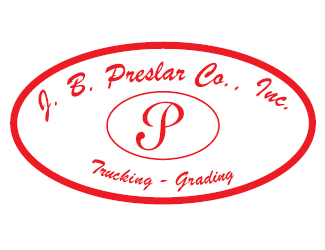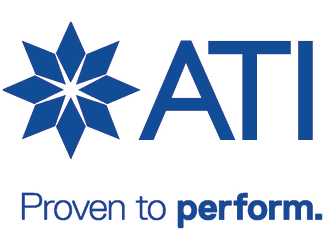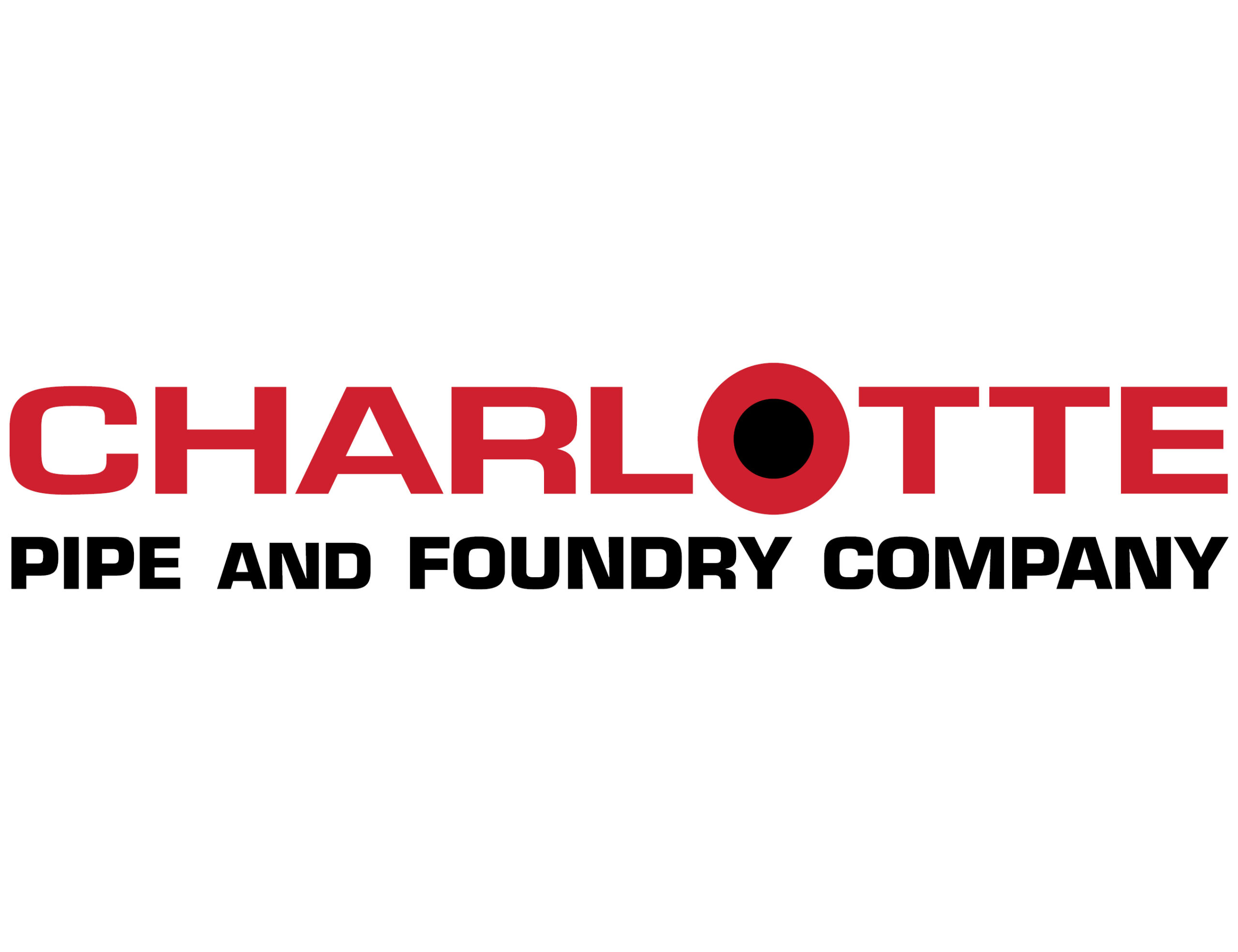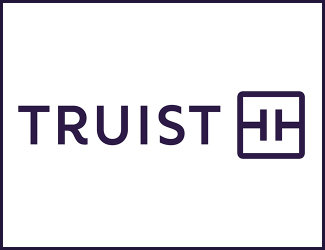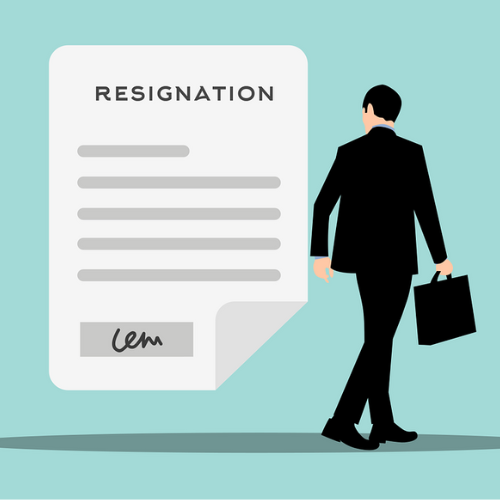
Walk down the street outside your business, or peruse YOUR Chamber’s jobs website, and you’ll probably see at least one “Help Wanted” sign – and you likely have one of your own up, too. The Great Resignation is turning into the Great Revolt, as workers are leaving jobs in droves – or organizing, striking, and otherwise rebelling due to poor workplace conditions and frustration with the imbalance between company shareholders and front-line workers.
How can you change your workplace environment so your employees want to stay? Here are five actionable strategies you can implement right now.
Improve the Workplace
Elevated turnover is the clearest indication that something could be improved in your company. The minimum to attract and retain workers is to offer a living wage (about $15-$20/ hour), a safe working environment, and a company culture of fairness and respect.
It’s not just about the money. Properly trained managers make a huge difference in whether or not employees experience a stressful workplace. More than half of workers cite a lousy boss as the reason they quit a job they otherwise enjoyed.
Investing in your managers, including leadership training, can turn your organization from good to great. Hands-on, engaged managers increase team productivity and reduce turnover, creating an environment that attracts new talent.

Address Employee Burnout
Burnout has long been one of the chief reasons people leave their jobs, but the uncertainty and work environment changes since the Covid-19 pandemic has brought on long-term physical and mental exhaustion. A recent study cited nearly 90% of employees are suffering from burnout.
The three main components?
- » Lack of accomplishment
- » Emotional exhaustion
- » Depletion of empathy
When your team members feel like they’re spinning their wheels and getting nowhere, it’s hard for them to have compassion for anyone else – your customers, their co-workers, and your bottom line. Being able to rest and recharge is typically the only healthy cure for burn-out. Consider periodic office closures and extra paid time off to help your staff rest and recharge.
Change Your Definition of Work
Our current work model is still measured in hours, an outlook that has its roots in the manufacturing culture of the Industrial Revolution. Unless your business provides service in hours, such as a set service time, shift your focus to measuring outcomes and results, not hours spent on the task at hand.
People want to be measured for their contributions and successes, not just how many hours they logged. When you define work as a successful outcome, you shift the focus on each team member’s performance and contribution. This model also opens up flexible working schedules, allowing team members to work no-traditional hours or work from home, as long as they’re hitting key metrics for their contributions.
Recognize and Reward Loyalty
Many people may be leaving one job simply to have the signing bonus and pay increase that starting a new job offers. These financial motivators can lure away even your most loyal talent – so isn’t it time that you reward your top contributors for their hard work and dedication during the pandemic?
People want their contributions to be rewarded. Now’s the time to show them that you appreciate their flexibility with office closures, work from home, and commitment to their job during the pandemic. This shouldn’t be just a pizza party, but rather bonuses, extra time off, or another tangible perk.
Take the time to appreciate your talent and improve your workplace culture. If you aren’t paying attention to your team, they’ll quickly look for greener pastures.
Check back next week for a follow-up blog with a unique strategy you can use to keep employees around longer.
Last modified: October 4, 2022




